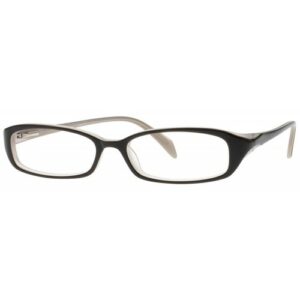What’s the Difference between Regular and High Index Lenses?
Basically, there are three distinct areas of difference between standard and high index lenses:
- Thickness
- Weight
- Price
High index lenses are made of a material that is capable of bending light to a stronger degree than indexes with a lower rating. Because of this, they require less physical material to produce a prescription. Therefore, high index lenses will typically be much thinner and lighter than standard glass or plastic lenses.
The stronger a prescription is, the more pronounced this difference in weight and thickness will be. A strong prescription cut from standard plastic or glass would be comparatively thick and heavy to the same prescription cut from a high index material. Conversely, since a relatively weak prescription can be cut from material that is already thin to begin with, not much benefit would be gained by switching that weak prescription to a high index material.
Very thick lenses are usually problematic for two reasons: they distort appearance and do not fit well in certain frame styles. Thick lenses either magnify one’s eyes, producing a “bug eye” effect, or magnify the area around one’s eyes, making the eyes appear tiny by comparison. The thickest part of a lens is at the edge, and thicker frames are necessary to mask or at least cover most of the protruding lenses. Thin frames coupled with thick lenses are generally not very aesthetically pleasing. Some frame formats, such as rimless frames, cannot support lenses above a certain thickness.
Weight, too, is a factor when choosing frames. Rimless or semi-rimless frames have a limit on the lens weight they can support. If lenses are particularly heavy, the wearer is limited to the type of frame they must choose. They’ll also suffer from slippage, fatigue when wearing their glasses for long periods of time, and from nose indentations that develop after extended use.
Cost is the primary drawback to the selection of high index lenses, since they always cost more than lenses made of standard glass or plastic. The higher the index, the higher the cost, and lenses at the higher end of the index spectrum can be significantly more expense than counterparts made of standard material.
The cost/benefit analysis with high index lenses, therefore, is a comparison of weight/thickness reduction versus price. The stronger your corrective prescription, the greater the reduction in both lens weight and lens thickness. Frame selection will increase and the high index lenses will look better in whatever frame you select. Slippage, fatigue, and nose indentations will be reduced or eliminated. But cost may be a limiting factor, as the benefits of high index lenses come with a higher price tag.



Leave a Reply
You must be logged in to post a comment.